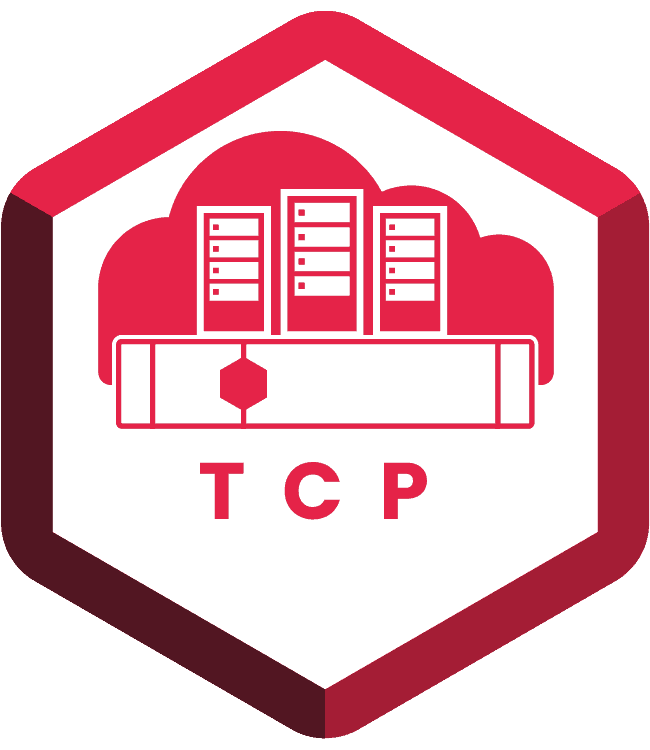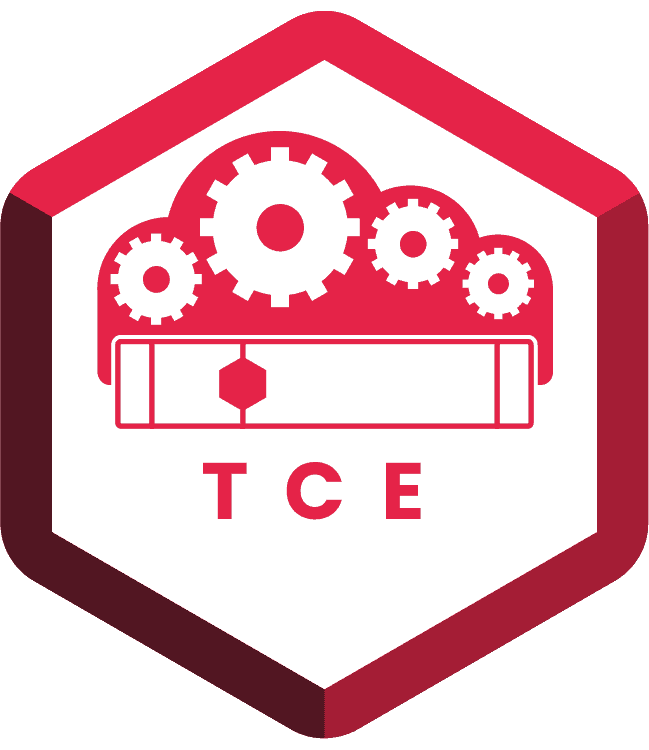- KEY TAKEAWAYS
- Disaster Recovery strategies will finally become a priority for IT as ROI concerns give way to the need to be prepared for everything from natural disasters to ransomware attacks.
- Automation and machine learning will make self-driving data centers a reality, so IT can concentrate on higher-value business tasks.
- The IT skills gap will continue to grow as the need for IT professionals rise.
A Tintri’s Field CTO looks at IT’s resolutions for 2018.
As we enter 2018, more than half of Puerto Rico is still without electricity months after Hurricane Maria slammed into its shores. Some might ask how that is even possible in an age of abundant technology and resources. Last year’s hurricane season will go down as one of the worst on record with 17 named storms, 10 of which were hurricanes that caused more than $369 billion in damages to residences and businesses. Wildfires raged in California at the end of 2017, contributing to deadly mudslides in January.
And it wasn’t just a year for natural disasters; we also witnessed some of the worst ransomware attacks ever in 2017 including the WannaCry and NotPetya attacks. So, as we head into 2018, will this be the year that IT teams finally commit and execute on disaster recovery efforts? Or will we kick the can down the road again?
Disaster Recovery Will Become a Priority
We’ve heard this story before. Remember when Hurricane Sandy battered the East Coast in 2012, shutting down many of our financial institutions? A lot of banking IT pros promised they’d make changes to prepare for natural disasters. Some did, others didn’t. But as these events become ever more widespread, the need to be prepared is becoming an imperative.
With that in mind, I’m prepared to predict— or at the very least hope—that those of us in IT will indeed do more to safeguard our infrastructures in 2018. And with that task, many will gain a seat—or a more notable and well-deserved seat—at the table.
While many IT pros in 2017 had the best intentions of implementing a disaster recovery (DR) strategy, complexity and the lack of an undeniable return on investment (ROI) stopped them in their tracks. Organizations still struggle to find DR solutions that scale easily with their growth as they expand across on-premises networks and cloud environments. But, the most significant hurdle in implementing a DR strategy is the lack of ROI. Organizations are drawn to projects that have an immediate ROI, but, just like life insurance, DR lacks this immediate ROI because a disaster may never happen.
I believe this impediment will diminish this year as we become further dependent on technology and data explodes as the result of IoT. This will be the year that DR moves from being a secondary issue to a primary focus, driven by a convergence of factors including the results of climate change, new IT regulations such as the General Data Protection Regulation (GDPR) in Europe, and the growing importance of brand preservation.
As many organizations move to the cloud, Disaster Recovery as a Service (DRaaS) will gain traction. Already this space is expected to grow to $6.4 billion by 2020. It’s this kind of technology that business and IT leaders will have to evaluate and tackle together, bringing IT nearer to the head of the table.
Self-Driving Data Centers Will Become Reality
As IT continues to innovate, another important strategy for 2018 will be the evolution of self-driving data centers. Traditionally, legacy storage systems have required a significant amount of manual intervention and management. More recent solutions are providing automation that hides the complexity but doesn’t eliminate it.
Automation and machine learning (ML) offer multiple capabilities that are playing a significant part in the self-driving data center. In 2018, there will be further development of apps and devices, as companies find new ways to leverage AI. Though, philosophical debates will continue, there are ways to expand the use of ML without giving up too much control.
Automation and ML will make self-driving data centers a reality. There will be guaranteed, real-time predictable performance without IT intervention. IT folks will be able to concentrate on more critical tasks that add value to the company rather than just keeping the engine running.
IT Skills Gap Will Continue to Rise
Just as we think we might be getting a handle on IT issues like DR and self-driving data centers, we’re likely to see a shortage of qualified IT professionals needed to fulfill our goals. We can’t even find enough people to run local IT. And at a time when more customers will require a complicated migration to the cloud with storage and apps, it’s going to get worse. Given the pace of innovation and influx of data, the skills gap will continue to grow in 2018, putting further pressure on organizations to rethink their workforce strategies.
Of course, if finding a guaranteed means of protecting data while managing innovations in a lucrative and growing job market is the worst of our fears, we’re still in for a pretty good year!





